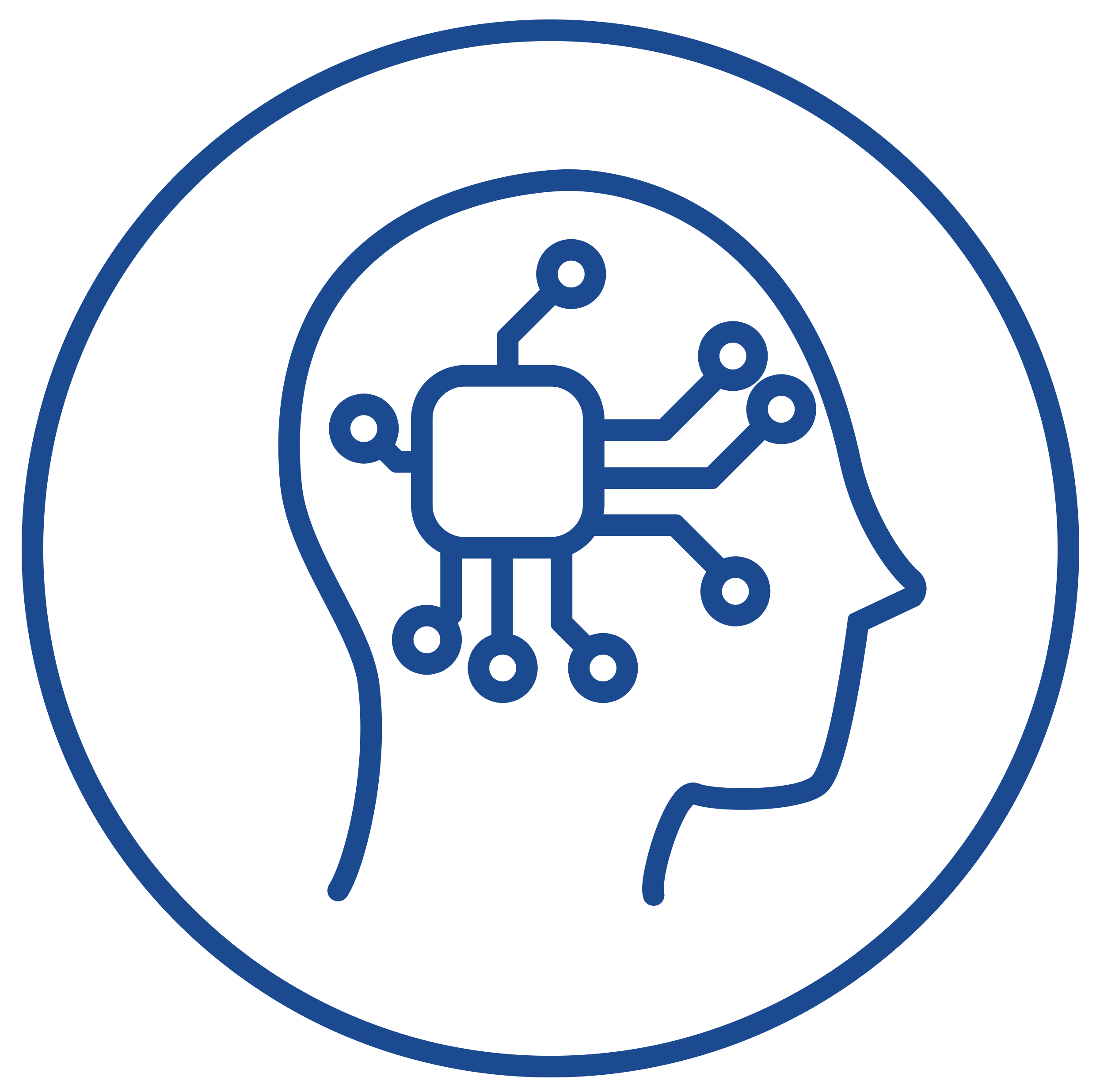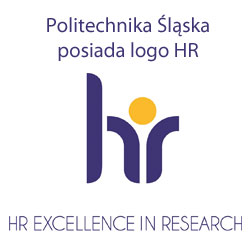Start - Research topics

Priority Research Area
"Artificial Intelligence and Data Processing"
Along with the increasing number of electronic devices used, the amount of data they produce is growing. According to IDC (International Data Corporation) estimates, 59 zettabytes of data were produced in 2020 alone.
For this reason, the ability to process and analyze these data is becoming one of the most important challenges today. There are many methods and algorithms that have been known for years, allowing for the creation of classification or regression models that enable the extraction of additional information from the raw data (the so-called Data Mining). However, as the amount of available data increases and the requirements increase, so does the need to develop new methods.
Over the last few years, a rapid development of methods responsible for the broadly understood Data Mining has been observed, especially when it comes to the so-called deep neural networks. This development is caused by the growing access to very large data sets and the growing technical capabilities of modern computers. Both of these aspects allowed the creation of models that were out of reach even 10 years ago. Thanks to them, modern computers are able to classify images, understand human speech or recognize people. Thanks to these possibilities, it is becoming more and more legitimate to refer to these models as "artificial intelligence".
In addition to the more and more frequent attempts to replace humans in areas where they have so far been irreplaceable (e.g. driving a car), there is also the growing number of applications so far completely inaccessible to humans due to the need to process huge data sets. Examples include protein sequencing, space photo analysis, predicting damage to devices or detecting anomalies in computer networks (as an important element of increasing cybersecurity). Thanks to artificial intelligence methods, we also observe great progress in medicine and in understanding the way the human body works. Machines are not likely to replace doctors, but they can become an indispensable tool supporting them in their work.
The Silesian University of Technology takes an active part in research on the development of artificial intelligence methods. It is enough to mention that about 150 scientists and teams from almost all departments of our university have declared that they have conducted research related to this area. The research concerns not only the development of the methods themselves, but also (and perhaps above all) the search for new applications of artificial intelligence in areas such as medicine, cybersecurity, construction, architecture, chemistry and various industrial technological processes.
Due to the very wide scope of works carried out in this area at the Silesian University of Technology as part of the Priority Research Area Artificial Intelligence and Data Processing, several subareas have been defined.
Subarea: Digital images
Subarea: Sound and vibration
Subarea: Development of Artificial Intelligence methods and knowledge engineering
Subarea: Cybersecurity
Subarea: Bioinformatics and medicine
Subarea: Devices, technological processes and computer networks
Subarea: Time series in movement analysis and business analytics
Subarea: Social and ethical aspects of Artificial Intelligence













